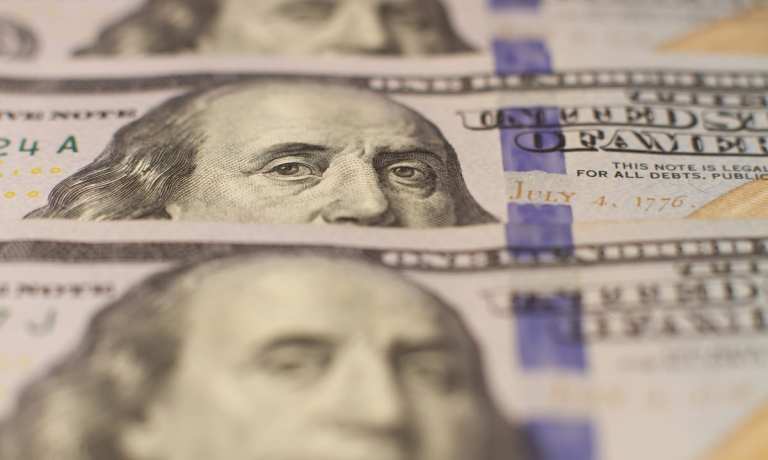
The Federal Reserve’s latest weekly survey showed that the 25 largest banks in the U.S. reduced their loan-to-deposit ratio to 53.9 percent, the lowest in the 36 years that the data has been collected, Bloomberg reported on Monday (April 12).
Together, the banks dropped loan holdings by 8 percent in the past year through March, the Fed data show. Total loans fell by $447 billion to $5.45 trillion, and total deposits increased 16 percent to $10.13 trillion.
The share of safe assets dropped to 35.6 percent in the week that ended March 31 from 36.0 percent the previous week, the Fed reported, per Bloomberg. Safe assets are low-risk investments like cash, Treasuries and securities. Total assets dropped to $20.91 trillion from $21.04 trillion.
Last month, total loans and leases dropped to 62.8 percent of total bank deposits in the week ending March 10. Total assets went up 0.7 percent to $21 trillion. People have stockpiled savings during the pandemic. By way of example, Goldman Sachs reported in the fall that Marcus consumer deposits escalated by $4 billion in the third quarter of 2020.
The Federal Reserve’s October 2020 Senior Loan Officer Opinion Survey on Bank Lending Practices showed that over 36 percent of lenders tightened the premiums on loans considered to be at a higher risk of default. About 27 percent indicated that they also upped collateral requirements.
Federal Reserve Chairman Jerome Powell said on Sunday (April 11) that the economy “seems to be at an inflection point,” which could mean fast economic growth. J.P. Morgan’s Jamie Dimon also pointed to strong indicators for a rebounding economy.
In November 2020, the Federal Reserve warned that loan defaults caused by the pandemic could be high. At this point, banks had already started tightening their loan standards. The Fed also said that banks were well-capitalized.